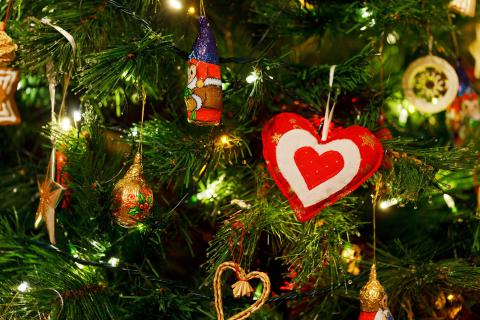“Het zijn lieve kinderen die de moeder heeft,” zei de oude eend met het lapje om de poot
Literal Breakdown
Summary
The Dutch translation for ““They are lovely children the mother has,” said the old duck with the rag around her leg.” is “Het zijn lieve kinderen die de moeder heeft,” zei de oude eend met het lapje om de poot. The Dutch, “Het zijn lieve kinderen die de moeder heeft,” zei de oude eend met het lapje om de poot, can be broken down into 18 parts:"it" (het), "are (plural)" (zijn), "dear (long form)" (lieve), "children" (kinderen), "that" (die), "the" (de), "mother" (moeder), "has (3rd person singular)" (heeft), "said" (zei), "the" (de), "old (long form)" (oude), "duck" (eend), "with (accompanying)" (met), "the (neutral)" (het), "patch" (lapje), "around" (om), "the" (de) and "paw" (poot).Examples of "“They are lovely children the mother has,” said the old duck with the rag around her leg." in use
There is 1 example of the Dutch word for "“They are lovely children the mother has,” said the old duck with the rag around her leg." being used:| Recording | English | Dutch | Learn |
|---|---|---|---|
| The ugly young duckling | Het lelijke jonge eendje |
Practice Lesson
"“They are lovely children the mother has,” said the old duck with the rag around her leg." Practice (15)
Lesson

Lesson words




